Artists in the young Soviet Union saw abstraction and collage as a means of changing both art and society.
1918 - 1941

Artists in the young Soviet Union saw abstraction and collage as a means of changing both art and society.
1918 - 1941
We're adding new content all the time!

Malevich's Black Square represents the paradigm shift which changed the direction of contemporary art
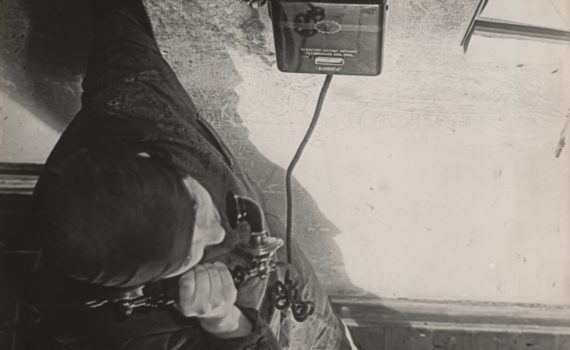
Rodchenko depicted the rapidly changing world of newspapers, cameras, and telephones in new and unexpected ways.
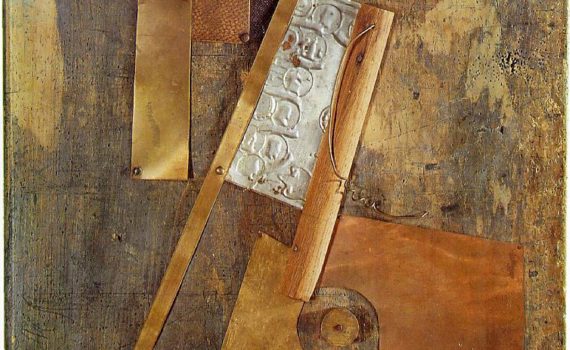
The Constructivists worked to establish a new social role for art and the artist in the communist society of 1920s Soviet Russia.
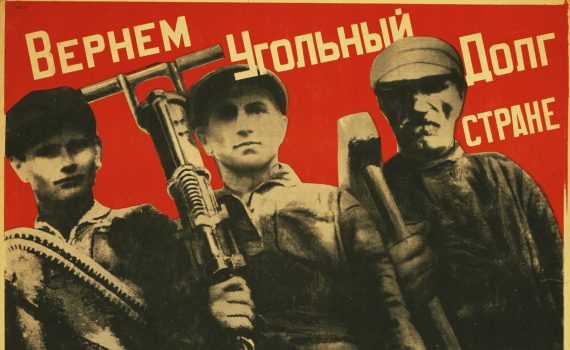
Constructivist Kiosks, rubber overshoes, textile designs and posters — all aligned with the ideology of communism and contributing to the creation of a new society.
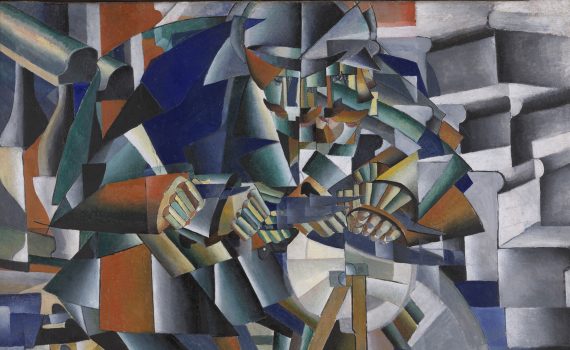
The Russian avant-garde adapted European modernist techniques to depict specifically Russian subjects.
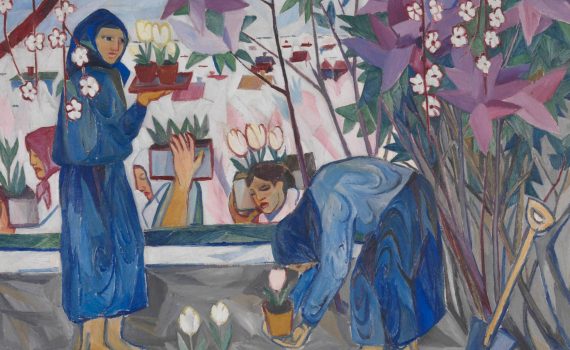
Early 20th century Russian modernism is filled with contradictions—it engages with some of the most radical trends of European modern art, but reflects on traditional Russian subjects and themes.
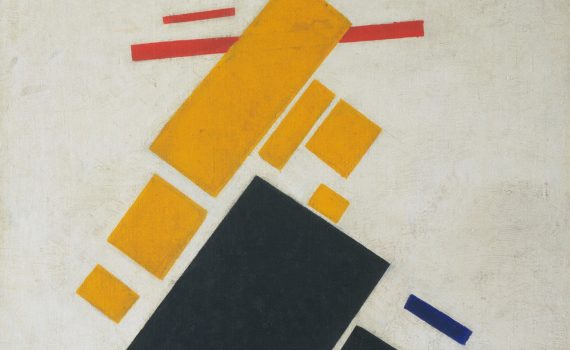
“I transformed myself in the zero of form . . . I destroyed the ring of the horizon and escaped from the circle of things, from the horizon-ring that confines the artist and the forms of nature.”
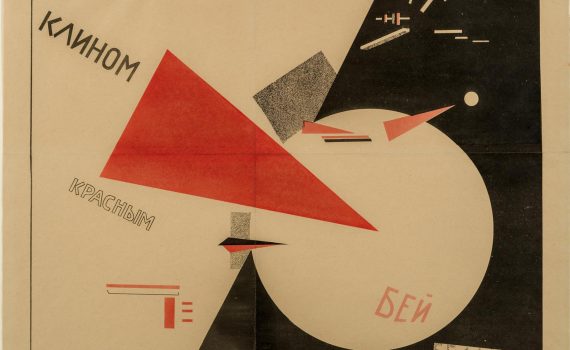
Malevich believed art would help to usher in a new spiritual era of immateriality.
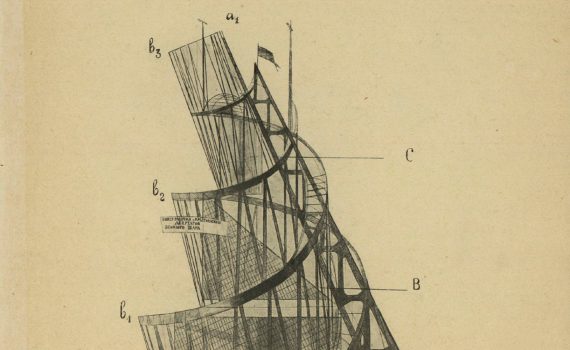
Tatlin’s Tower symbolizes the utopian aspirations of the communist leaders of Russia’s 1917 October Revolution.
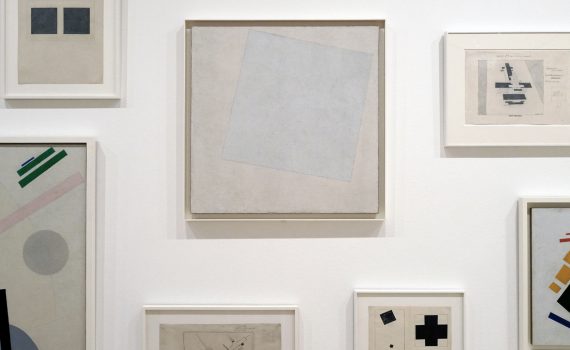
Malevich believed that artists, and art, could pave the way to a better future. But would they?
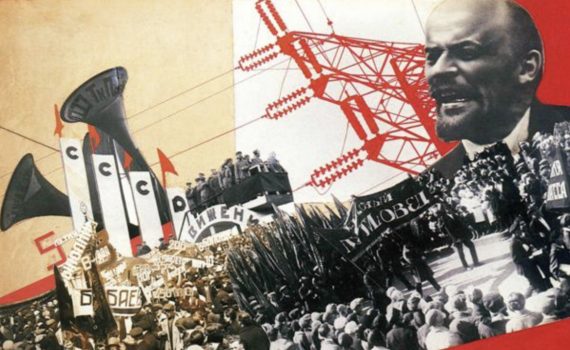
Stepanova lent her artistic talents to the cause of promoting the ideals of the Soviet Union.

Curated Guides are collections of Smarthistory videos and essays curated and organized by leading scholars into strategic pathways for learning and teaching. Check out the 3 types of guides: The Basics, Syllabi, and Thematic Series!
Curated Guides are part of an ongoing effort to make Smarthistory even more useful for educators and learners everywhere. Stay tuned for more updates!